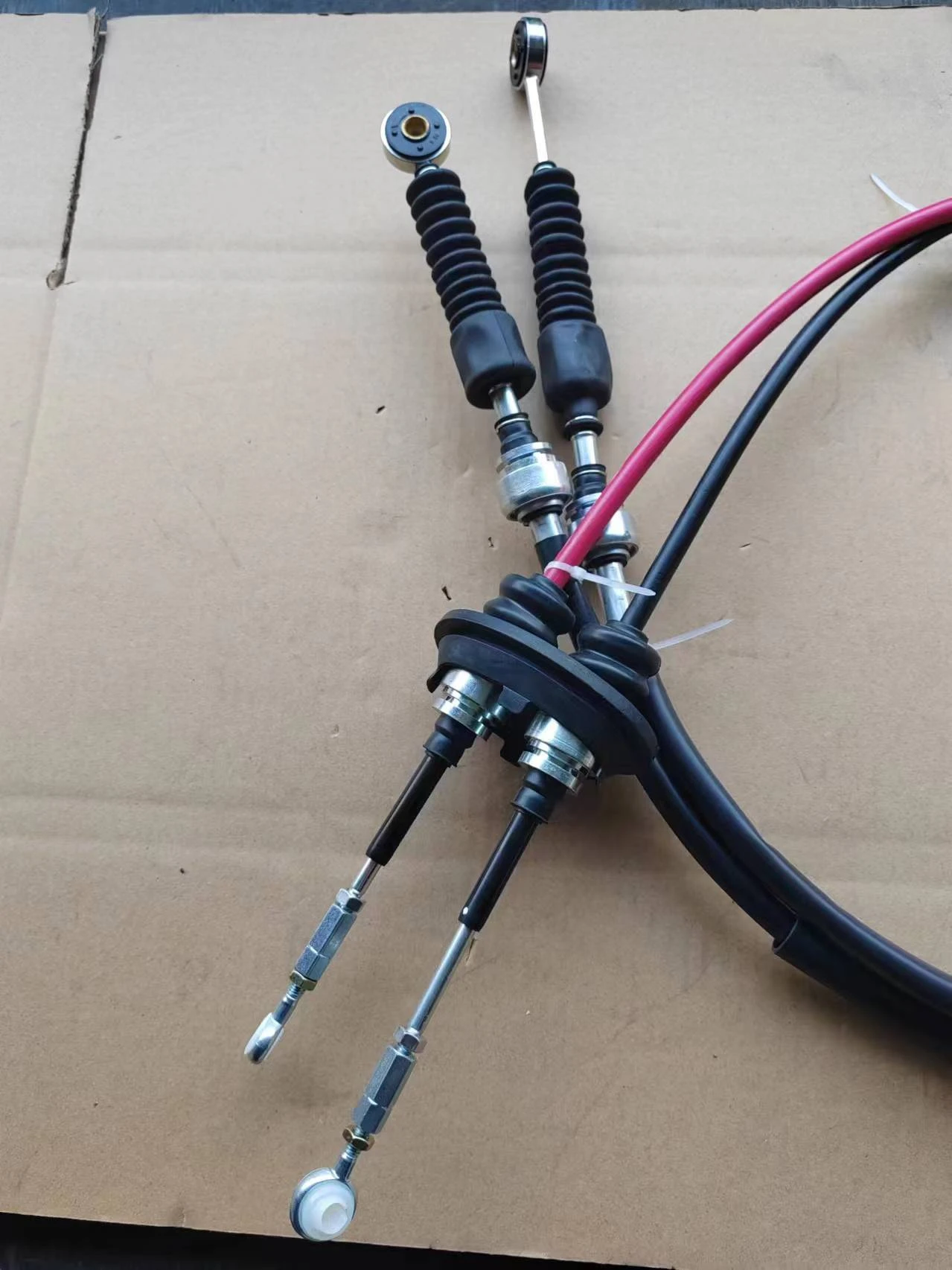Understanding Throttle Control and Cable Mechanics for Enhanced Vehicle Performance
Throttle and Cable Understanding Their Role in Engine Control
The throttle and cable are integral components of modern automotive systems, serving key functions in engine management and performance. Understanding how these components work together can enhance our appreciation of vehicle dynamics and contribute to better maintenance practices.
At its core, the throttle is a device that controls the amount of air entering the engine's combustion chamber. This regulation is crucial because it directly influences the engine’s power output and efficiency. When the driver presses the accelerator pedal, they are effectively commanding the throttle to open, allowing more air (and fuel) into the engine. This process leads to an increase in engine power, enabling the vehicle to accelerate.
The throttle operation is often coupled with a throttle cable, which acts as the physical link between the accelerator pedal and the throttle body. In traditional vehicles, this cable is a simple yet effective mechanism comprising a steel wire housed in a flexible outer casing. When the accelerator pedal is depressed, the cable pulls on the throttle plate, causing it to open. Conversely, when the pedal is released, a return spring closes the throttle, reducing airflow and power.
While this mechanical setup has been widely used for decades, the advent of technology has introduced electronic throttle control systems, also known as drive-by-wire. Instead of relying on a physical cable, electronic throttle systems utilize sensors and motors to achieve similar results. When a driver presses the accelerator pedal, a position sensor sends a signal to the engine control unit (ECU), which then determines the appropriate throttle position. This method offers several advantages it enhances engine performance, allows for more precise control, and improves fuel efficiency by optimizing air-fuel mixtures in real time.
throttle and cable

Despite the shift to electronic systems, the basic principles of throttle operation remain consistent. The throttle body design, whether manual or electronic, includes devices such as the throttle plate and idle air control valve, which further enhance engine performance during various operating conditions. For instance, the throttle plate regulates airflow at different engine speeds, while the idle air control valve facilitates a smooth idle by maintaining an appropriate airflow.
Maintaining the throttle and cable is crucial for optimal vehicle performance. In older vehicles, a worn or frayed throttle cable can lead to throttle lag or sticking, which compromises responsiveness and safety. Regular inspection and timely replacement of a throttle cable can prevent these issues, ensuring that the driver has reliable control over the vehicle.
For modern vehicles equipped with electronic throttle control, maintenance focuses on ensuring the sensors and wiring are in good condition. A malfunctioning sensor can lead to unresponsive acceleration or erratic engine behavior. Routine diagnoses using specialized equipment can help identify and rectify these issues before they escalate.
Understanding the throttle and cable system fosters a deeper appreciation for the complexities of automotive engineering. Whether it’s a classic car with a cable-operated throttle or a contemporary model featuring advanced electronic controls, these components play a pivotal role in delivering the driving experience that many take for granted.
In conclusion, the throttle and cable, while often overlooked, are essential components that ensure a vehicle operates efficiently and responsively. As technology continues to evolve, the methods of controlling engine power may change, but the fundamental goals of achieving optimal performance and driver satisfaction remain the same. Regular maintenance and an understanding of how these systems work will empower drivers to make informed decisions about their vehicles, ultimately enhancing safety and performance on the road.
-
Workings of Clutch Pipe and Hose SystemsNewsJun.04,2025
-
The Inner Workings of Hand Brake Cable SystemsNewsJun.04,2025
-
The Secrets of Throttle and Accelerator CablesNewsJun.04,2025
-
The Hidden Lifeline of Your Transmission Gear Shift CablesNewsJun.04,2025
-
Demystifying Gear Cables and Shift LinkagesNewsJun.04,2025
-
Decoding Clutch Line Systems A Comprehensive GuideNewsJun.04,2025
